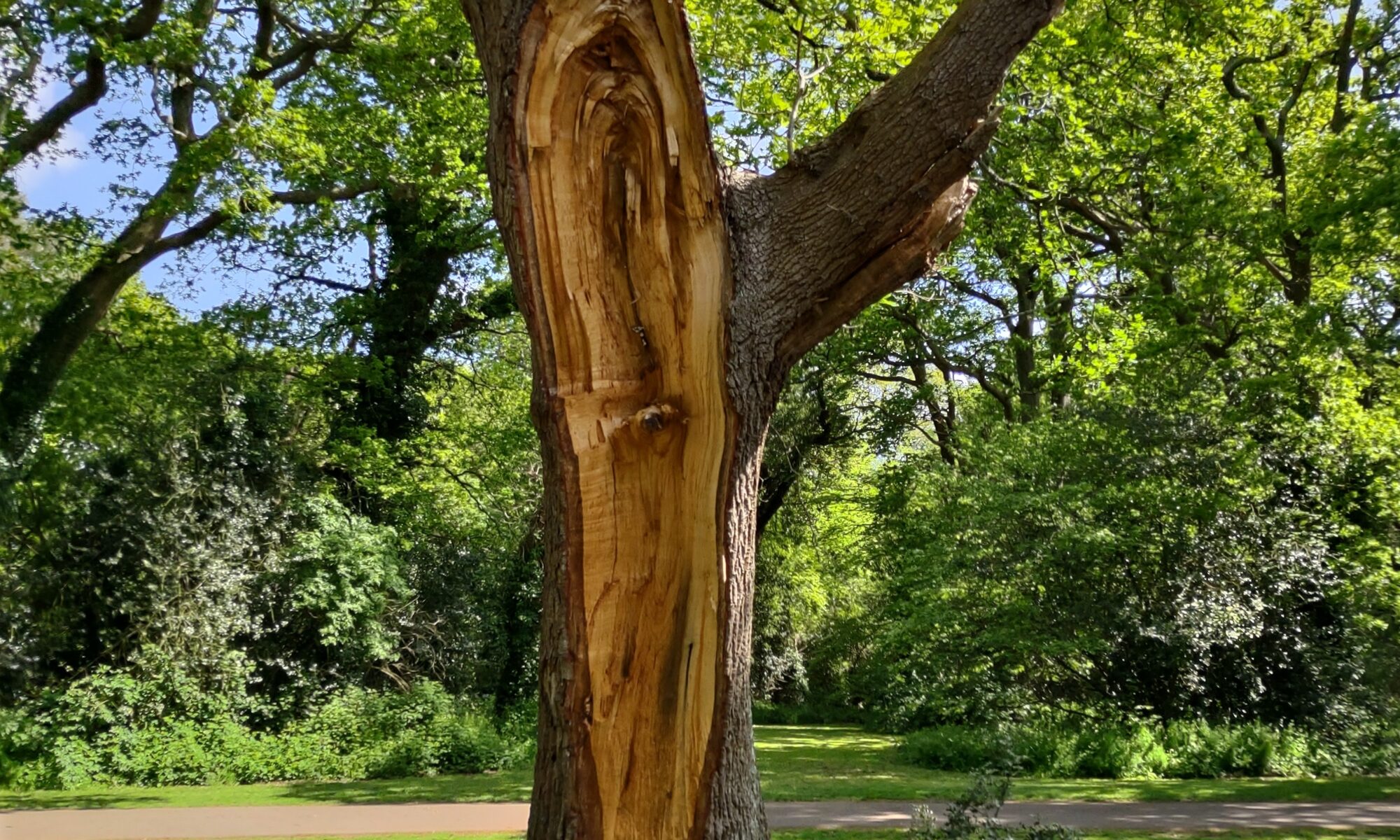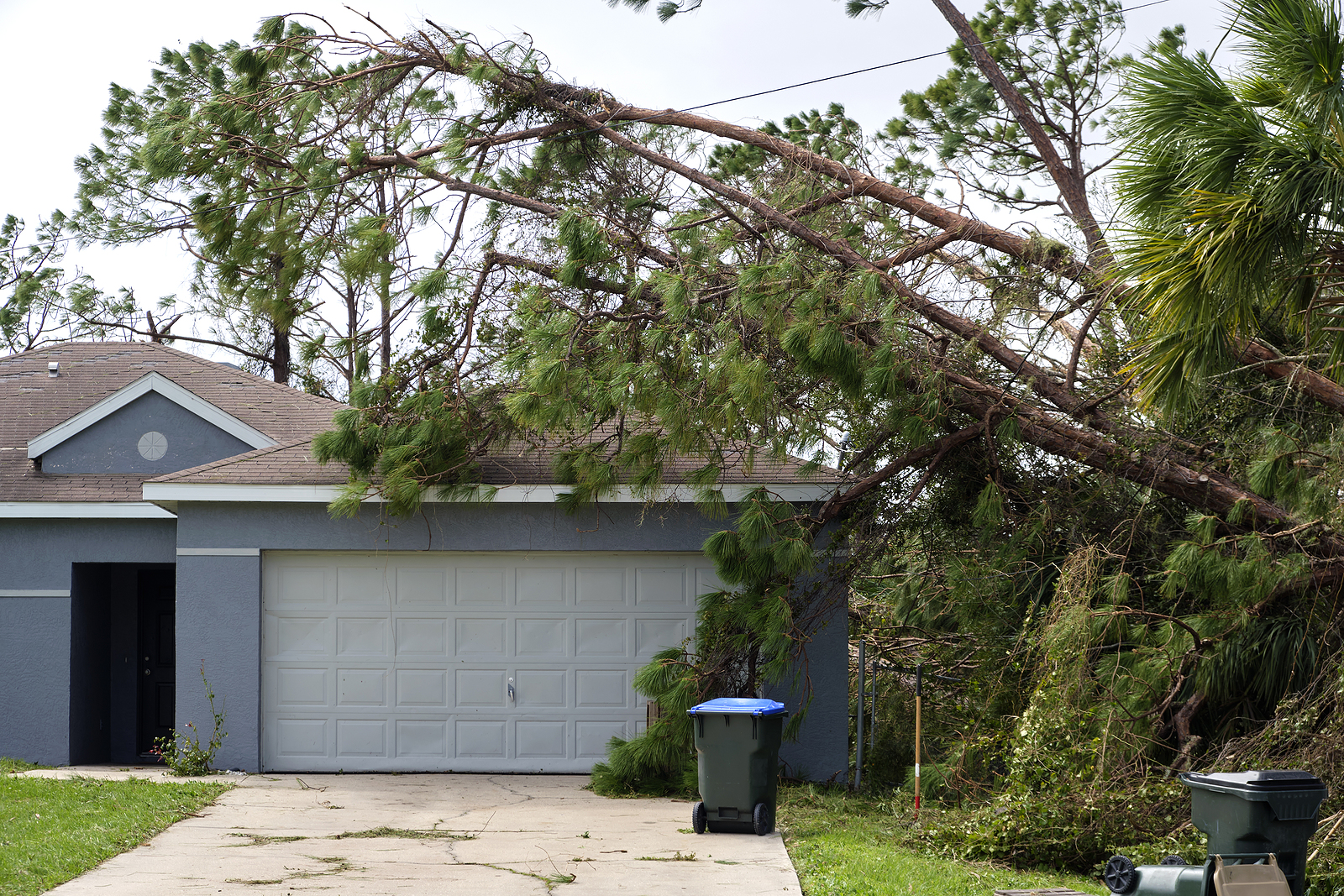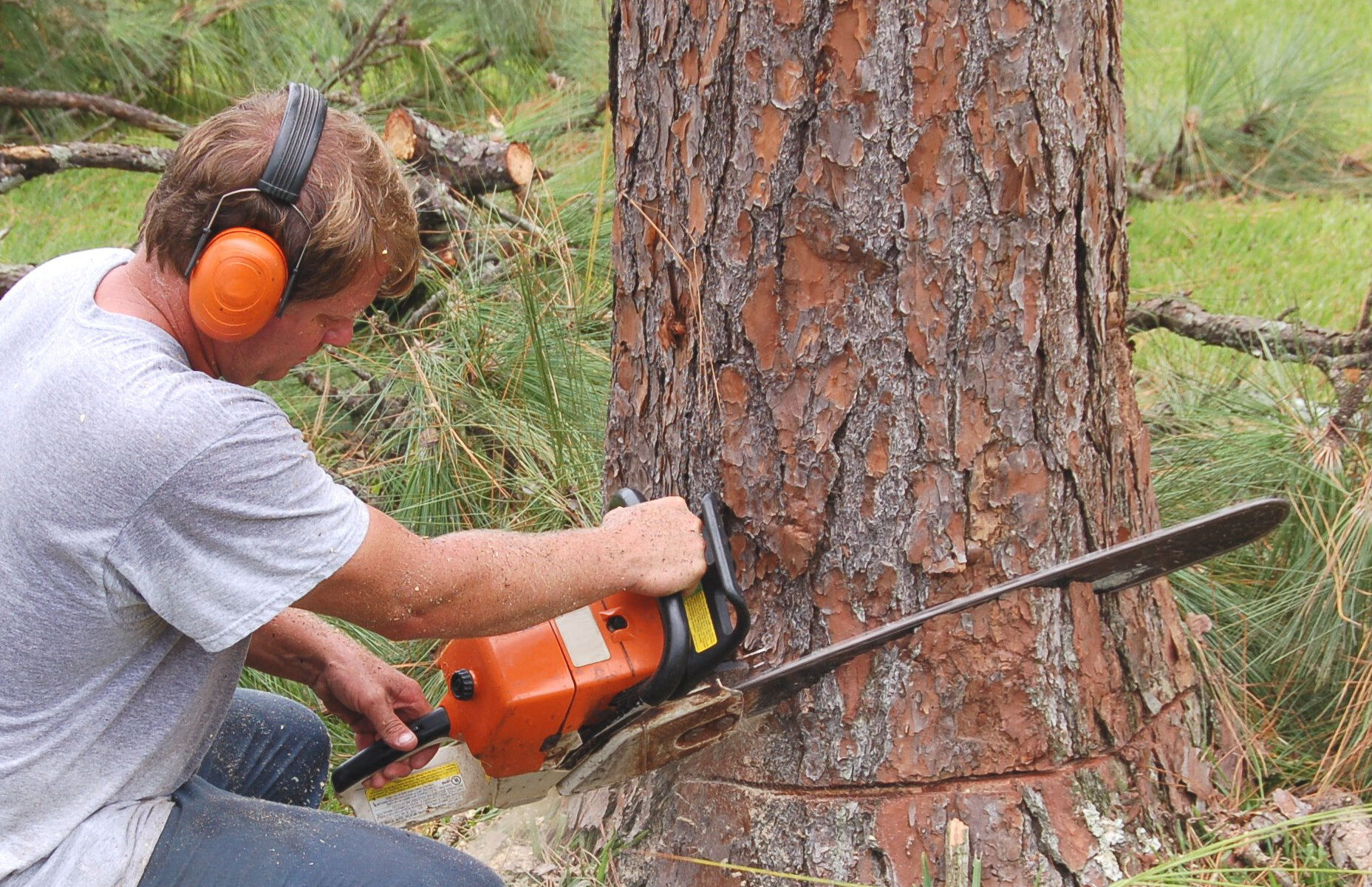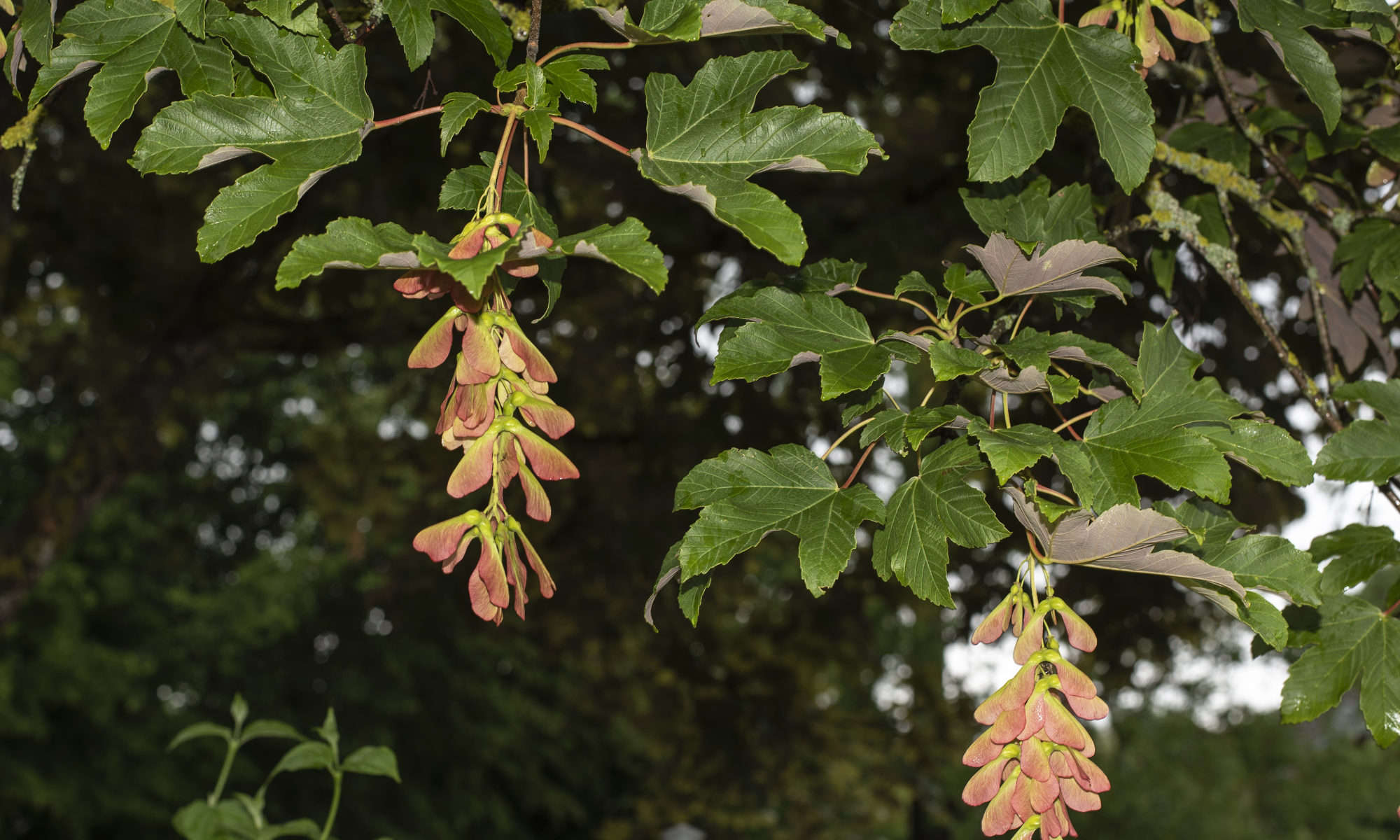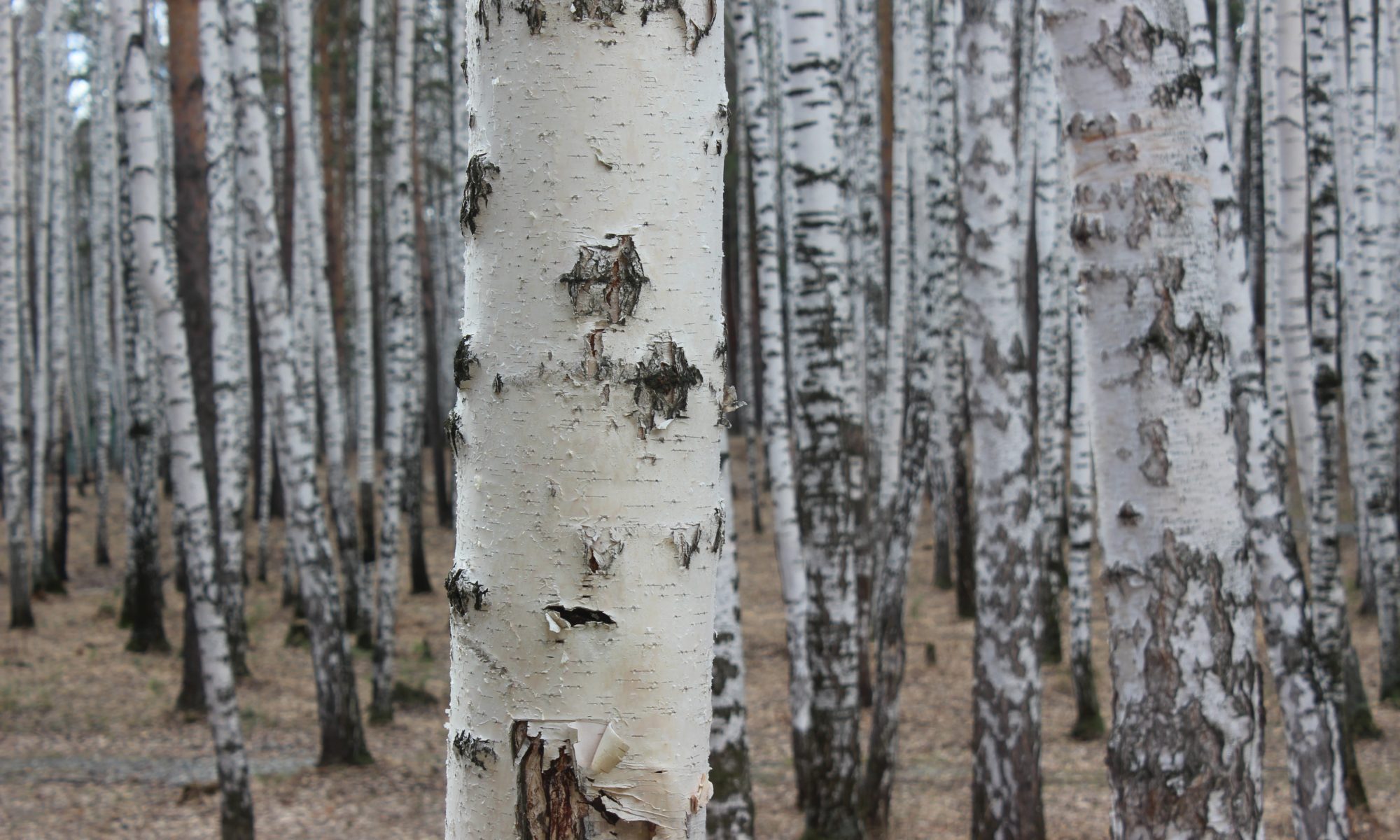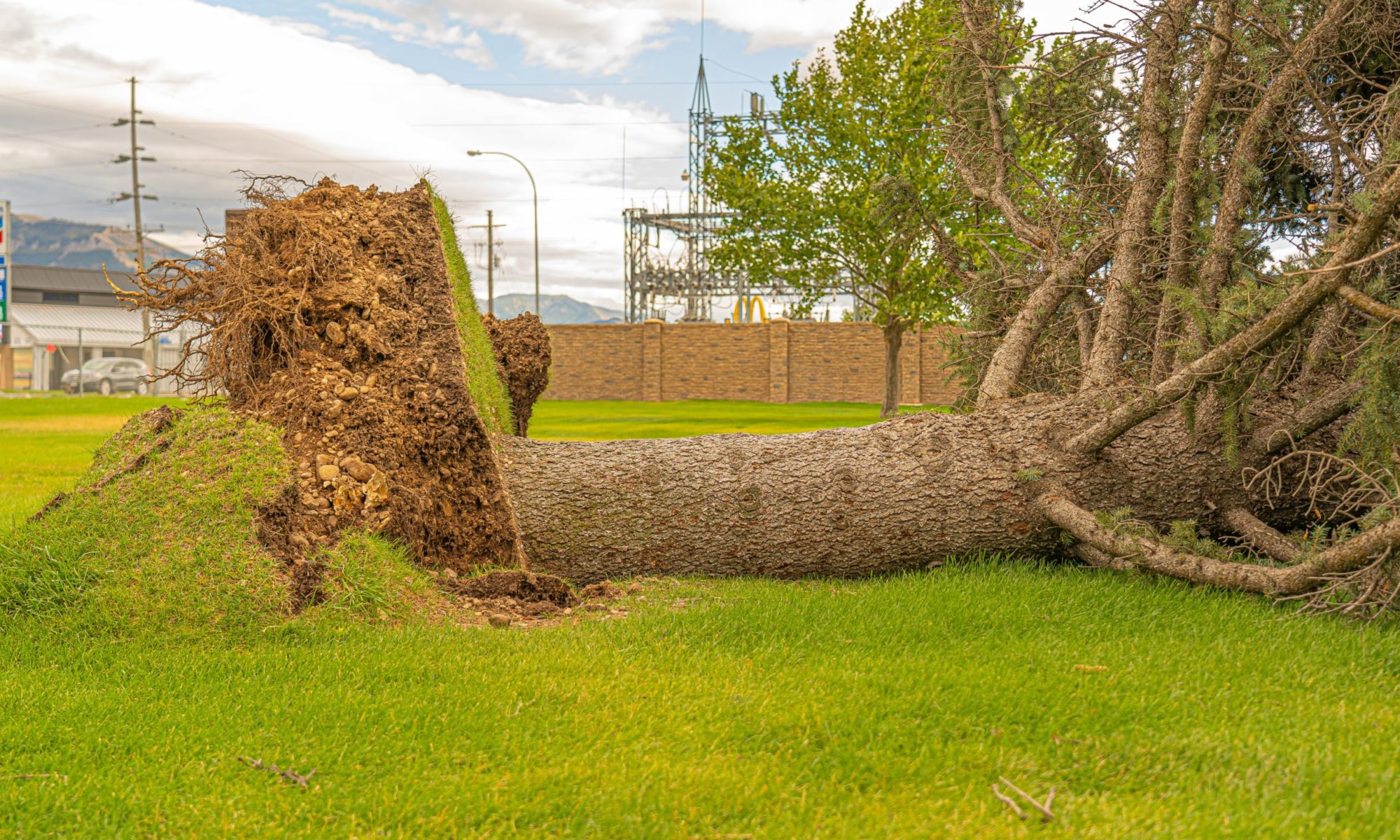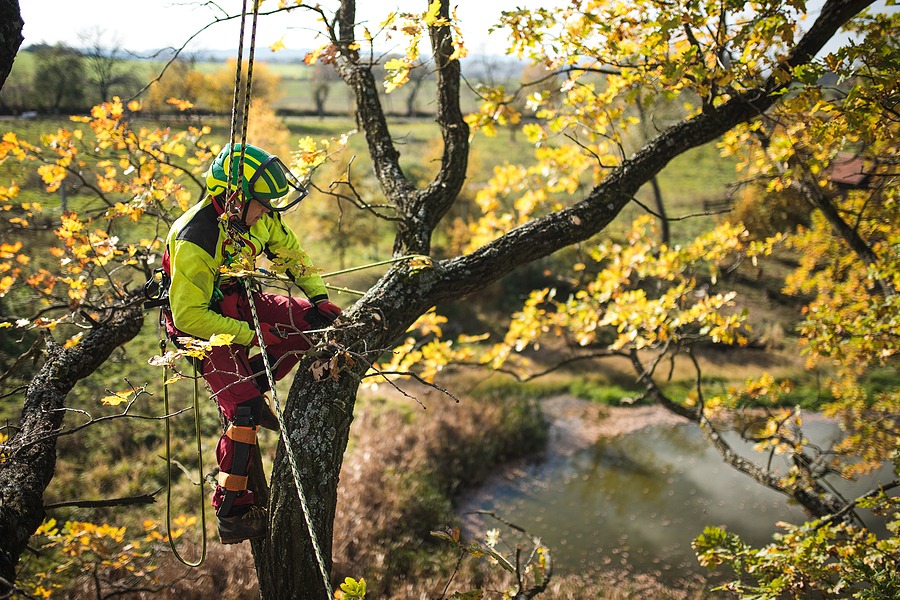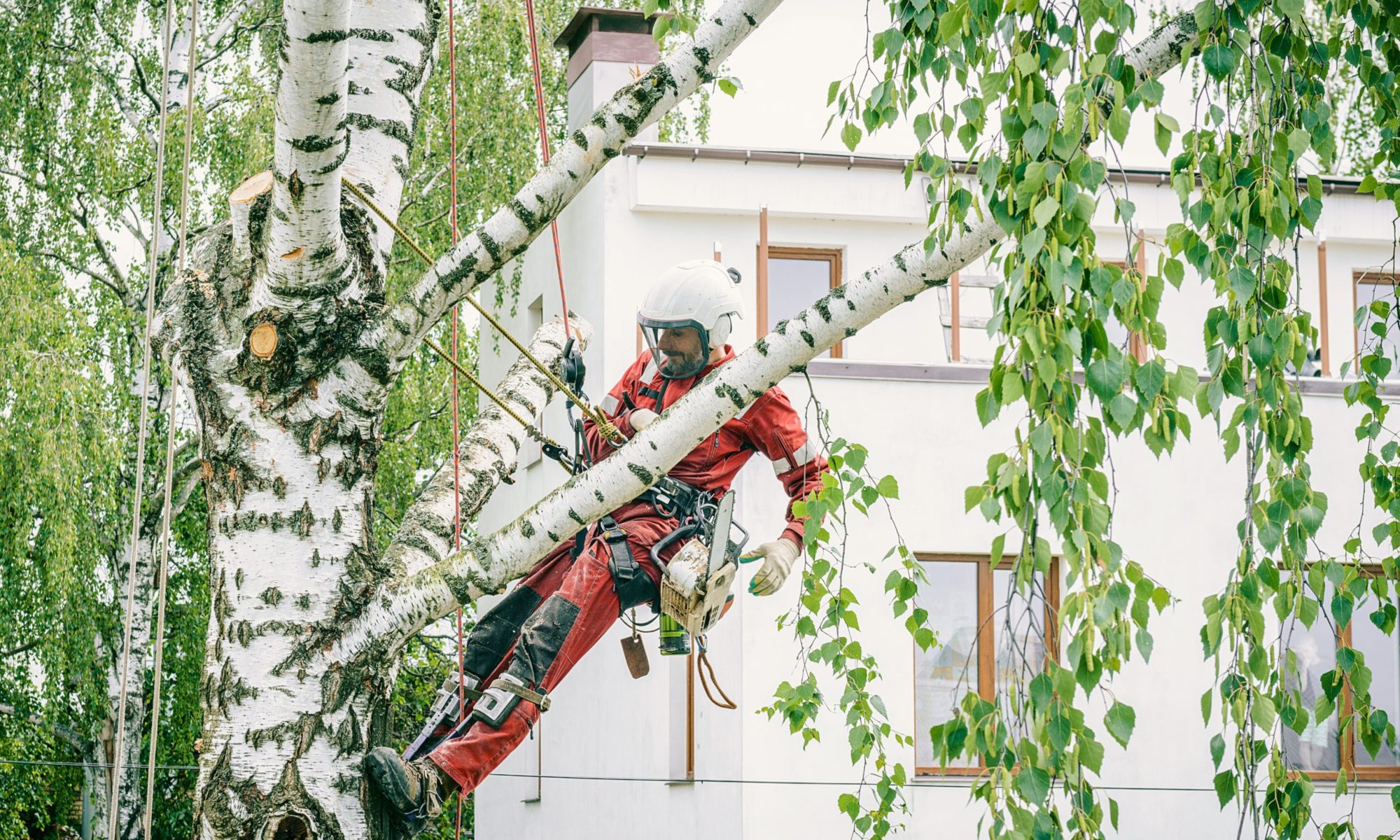We all adore the majesty and beauty of trees, with their robust trunks reaching for the skies and their lush canopies providing shade on a hot summer day. However, there are moments when our beloved natural structures can pose significant threats to our safety and property. Sometimes, the only solution is emergency tree removal.
Emergency Tree Removal: Immediate Situations Requiring Urgent Action
1. Hanging by a Thread: The Leaning Tree 🌳↘️
The first obvious indication that tree removal may be necessary is when a tree starts to lean. This can be the result of soil erosion, root damage, or strong windstorms. If the angle of lean increases rapidly or exceeds 15 degrees, it’s time to call in professionals for an emergency tree removal. No one wants a “leaning tower” in their backyard, especially when it could fall at any moment.
2. A Damaged Lifeline: Compromised Roots
Roots are a tree’s lifeline. They not only provide stability but also supply essential water and nutrients. However, diseases, insects, or physical damage can weaken these vital structures. Visible roots that appear decayed, soft, or discolored are distress signals that your tree may be in trouble. In such cases, immediate removal is essential to avoid a potential collapse.
3. Fungi at the Base: A Bad Sign 🍄
Fungi, such as mushrooms, thriving at the base of a tree might seem like an enchanting sight out of a fairy tale. However, this is often a sign of internal rot. Fungi can break down and consume the wood, causing the tree to become unstable. If you spot fungi, consider it a red flag and arrange for an emergency tree removal.
4. When Branches Turn Brittle: Deadwood 💀
Deadwood, or dead branches, are a risk waiting to happen. Without life, they can become incredibly brittle and susceptible to breaking, posing a threat to anyone or anything underneath. In the worst case, deadwood can even indicate that the tree is dying. If your tree is littered with deadwood, it’s high time for an emergency tree removal.
5. Hollowed Hearts: Cavities in the Trunk
A hollow tree trunk might seem intriguing or provide a fun hideaway for small creatures, but it’s a surefire sign of internal decay. A hollow trunk compromises the structural integrity of the tree, making it a potential hazard, especially during high winds or storms.
6. Infected Outcasts: Disease-Ridden Trees 🦠
One more scenario that calls for emergency tree removal is when your tree is diseased. Signs of a sick tree can include discolored leaves, abnormal leaf drop, and unusual growths on the bark. Diseases can rapidly progress, killing the tree and potentially spreading to nearby trees. When a tree shows signs of an aggressive disease, removal is often the only viable solution to protect the rest of your green spaces.
7. An Unplanned Blockade: Obstructive Trees 🚧
At times, trees grow in such a way that they interfere with power lines, obstruct pathways, or infringe on nearby property. A tree’s growth is hard to predict and control, and it can sometimes lead to serious logistical issues or even legal troubles. In such situations, it’s important to opt for an emergency tree removal to mitigate the risk of power outages, blocked routes, and neighborhood disputes.
By the Numbers: The Statistics You Should Know 📊
It’s no secret that trees can pose significant risks when they’re unwell. Let’s look at some startling numbers to illustrate the seriousness of the issue:
- Every year, falling trees or tree limbs cause approximately $1 billion in property damage in the United States.
- A study found that over a four-year period, 407 people in the U.S. died due to falling trees or limbs.
These statistics underline why taking action when a tree poses a threat is crucial.
The Green Light for Tree Removal 🚦
The signs are clear: leaning trees, compromised roots, fungi at the base, brittle branches, and hollow trunks all warrant immediate action. If you observe any of these signs, it’s a green light for tree removal. It’s not a task you should undertake yourself; it requires the expertise and tools of trained professionals.
In The Hands of Experts: Safe and Efficient 🪓
Professional tree surgeons understand the nuances of tree behavior and can accurately assess a tree’s condition, choosing the safest and most effective method for its removal. They also have the proper training and equipment to perform the task without causing harm to themselves, the surroundings, or your property. When it comes to emergency tree removal, DIY is a DON’T.
Lasting Peace of Mind: Your Home, Your Sanctuary
By recognizing these signs and taking prompt action, you can ensure that your home remains your safe sanctuary. Remember, the beauty of a tree shouldn’t compromise the safety of your loved ones and property. When it does, it’s time to bid the tree a gentle goodbye.
Now It’s Your Turn: Act Before It’s Too Late
Your tree has served you well over the years, providing shade and adding to the aesthetic value of your property. But if it’s showing any of these worrying signs, it’s time to act swiftly. Remember, inaction could lead to potential risks, including injury, property damage, or even loss of life.
For Quality Tree Removal, Choose Sexy Trees
When you need emergency tree removal, trust the experts at Sexy Trees. Our team of certified arborists prioritizes your safety and property, providing efficient and professional tree removal services. Don’t wait for disaster to strike—get in touch with Sexy Trees today and let us help you maintain a safe, beautiful landscape for your home.
 Bringing Sexy Back Into Your Yards
Bringing Sexy Back Into Your Yards 
